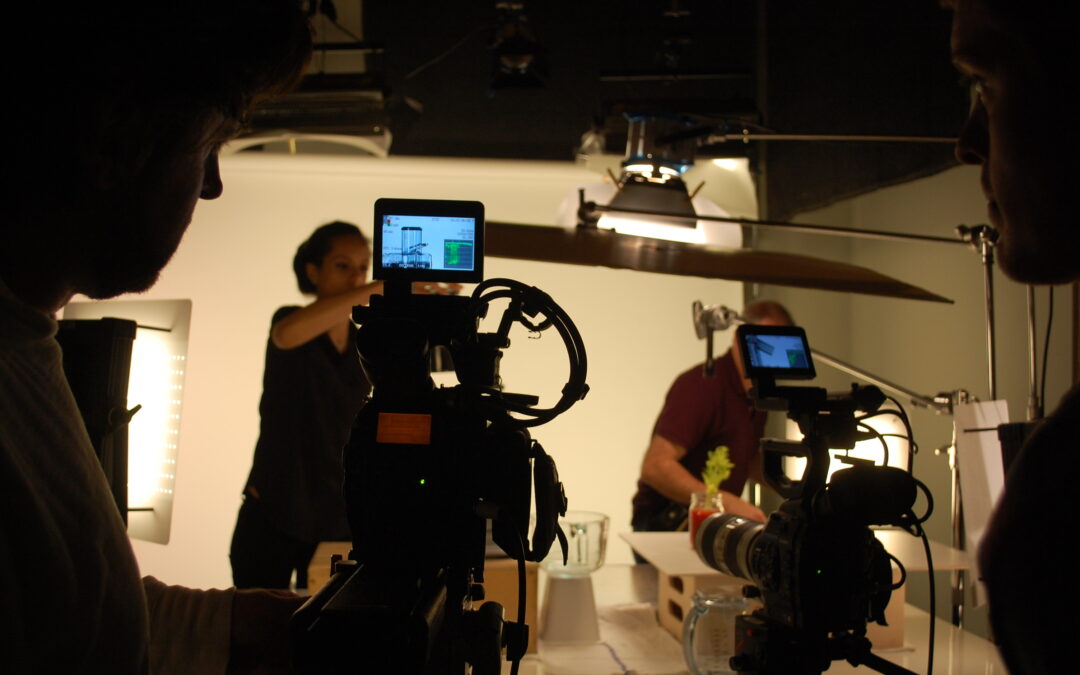In our series about making the most of an in-house video studio investment, we have explored how team members, beyond the small studio staff, need to be included in video projects. Project managers, writers, designers, and traffic are great additions to the team and hopefully the full marketing department can coalesce to collaborate on video projects. But, what about the process? How do all these team members come together in an efficient and effective manner in order to create a smooth video production process?
We often say:
If a video takes more than three editing rounds to be finalized and approved, there is a breakdown in the process.
Three rounds is not many, you may think, but it should be enough to get 90% of your video projects across the finish line. We have worked with clients that were taking 15-20 rounds to complete a video and we have been able to effectively engineer a process to get them down to three rounds. There are outliers, always, but you should aim for this goal.
Pre-production
The pre-production phase is where we feel the success of a video is secured. The number of rounds in editing can often be traced back to how well the details were outlined in the pre-production phase. We work with companies to define an exact pre-production process based on their specific needs. We assess team members, responsibilities, accountability, capacity, other internal or external stakeholders, current kinks in the process, and think through additional elements such as compliance and legal review.
In our experience, the main elements of the pre-production video process include a true collaboration between the in-house video studio team and designers, writers, project managers and traffic. We believe all of pre-production stems from the creation of an effective Project Brief and project schedule. These are integral to the success of any project.
The team must know the right time to reach out to the talent, develop messaging, craft storyboards, design graphics, choose music, inform legal, hire crew, create schedules, and much more. Further, all of these elements need to be evaluated and delivered through the lens of the project objective and vision as outlined in the Project Brief. Having a regimented and repeatable pre-production process will dramatically reduce time to produce and approve videos which will ultimately save money and valuable hours.
Production
Production days are exciting. The team is together, along with the talent, the crew, the gear and, of course, craft services. It can feel like a field trip day from elementary school days. But, like those field trips, there is a schedule and a cadence to the day that is crucial. Each person on set has a specific role, function, and responsibility and it’s important to be collaborative but remain accountable within the team.
Production days require extensive forethought to ensure the right messaging and footage is captured while staying true to the vision and objectives as outlined in the Project Brief during the pre-production phase.
Because a lot of people are involved and sometimes additional gear is rented, production days are expensive. Therefore it is imperative that the day be well planned and run on time in order to capture all of the footage needed for the project. If not, the day will be stressful, run over budget, and you may not have time to shoot everything as intended.
Post-production
After filming, all assets come together to create a layered, complex, and rich video. The script is finalized. Finishing touches are made to designs and motion graphics. Music is added to create tone and pace. If done correctly, the editing team (who should be a part of the process from day one) should be able to create a Rough Cut of the video using their knowledge of the project and its objectives. The Rough Cut then gets trafficked to the appropriate parties for review and comment. A second cut, the Fine Cut is then created using this feedback. This also may be where a bit more polish is added to the edit. And then, again, this cut is reviewed. And so on, until final approval is granted.
The post-production process is all about the fine-tuning of the story and design until you find that perfect balance where the video will effectively engage the audience and deliver on the project objectives.
We create customized Project Briefs and a detailed Process Outline that we deliver to our clients as part of any in-house video studio process mapping and training project. Want to find out how to more efficiently create in-house video, email us at jcosco – at – tippingpointlabs dot com.
This is part three of our series about making the most of an in-house video studio investment. Next up in our series — how to produce best-in-class videos in-house.
